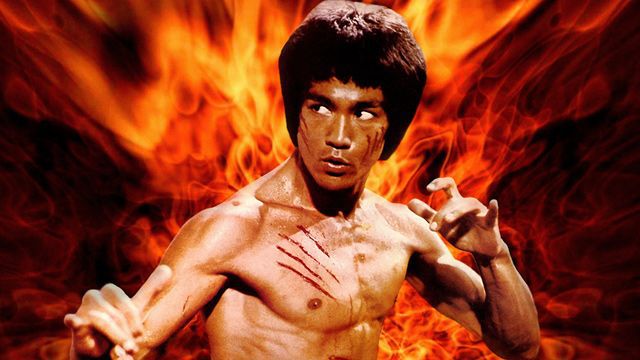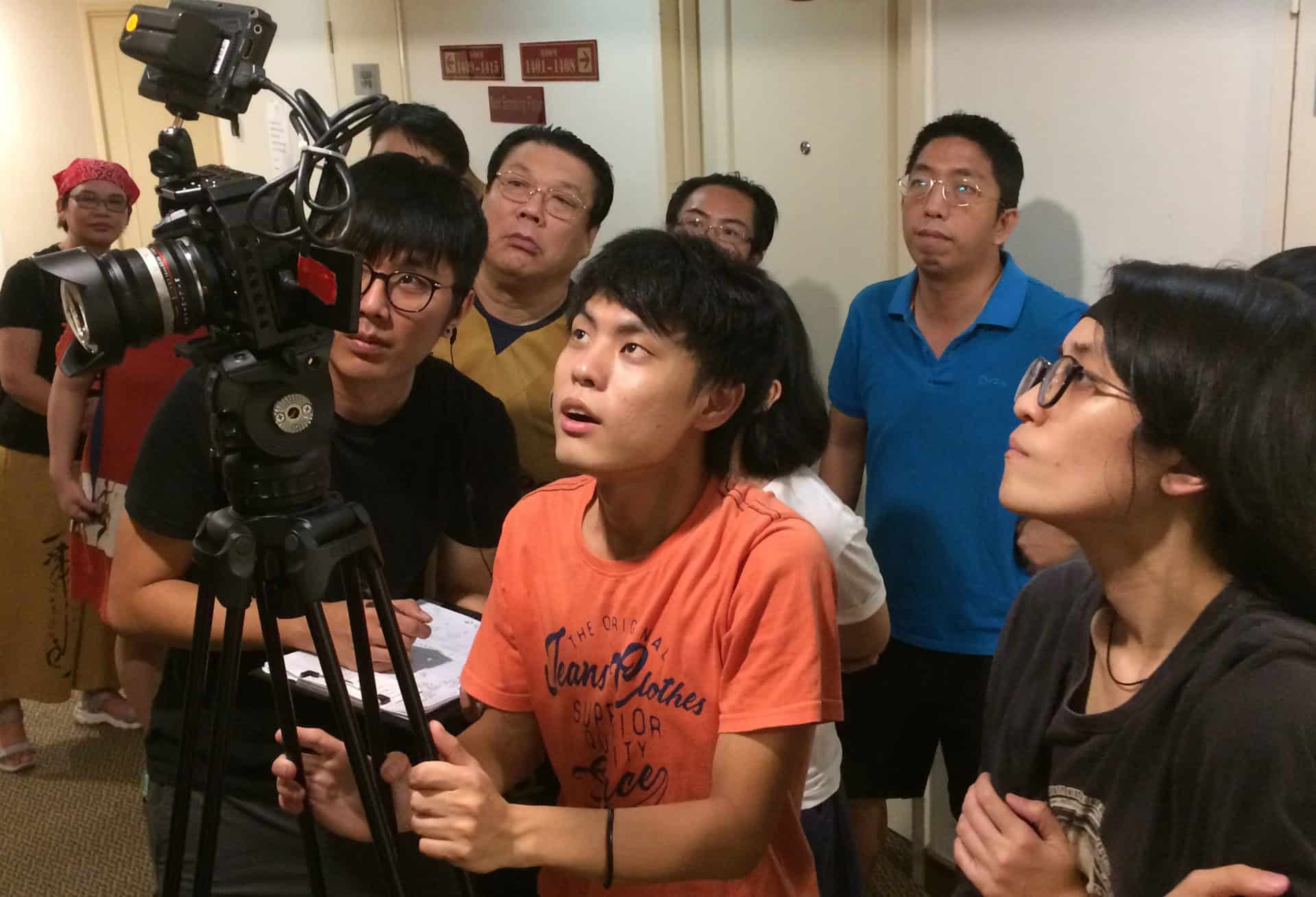11. Women of the Weeping River (2016) by Sheron Dayoc
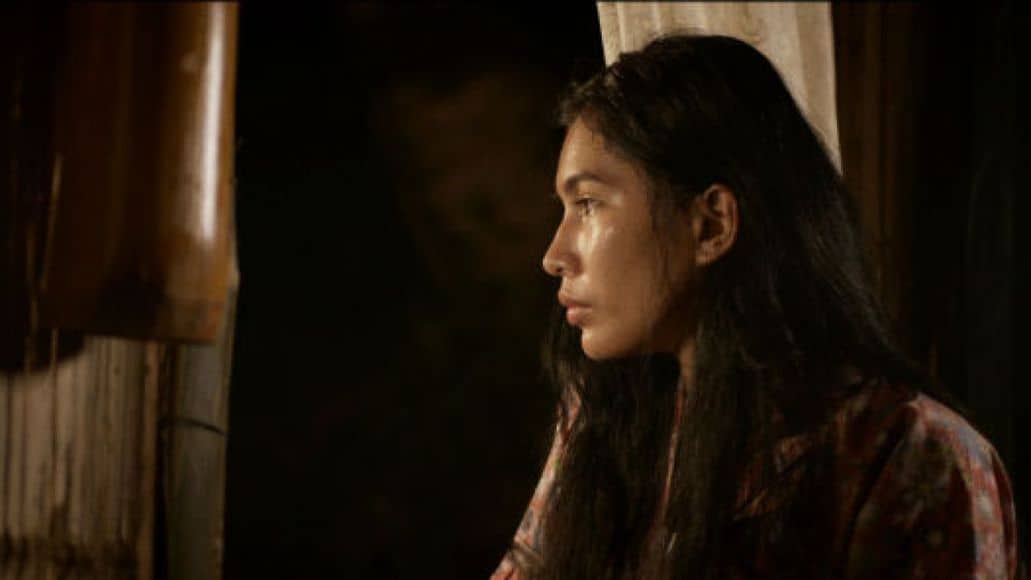
Sheron Dayoc pulls no punches in presenting the hellish situations this kind of vendettas create (they are called “rido” in the area), as we watch families that cannot move forward with their lives in any way, since their sole purpose is revenge and defending from the attacks of their rivals. The realism of the portrayal leaves no room for any kind of romantization or optimism, with the path the two families follow being a continuous downward spiral where every episode seems to bring more death and more anger, but no kind of change of mind. This aspect finds its apogee in the scenes involving kids of 8 to 10 years old, who seem to feel the same hatred and are equally eager to resort to violence to channel it, with the kind of world they live in being the sole reason for their actions.
12. Baggage (2017) by Zig Dulay

Zig Dulay directs a film that deals with the concept of the foreign workers and the treatment they receive abroad, but most importantly, with the attitude the country and its institutions has towards them. As Mercy is being taken from examination to examination, what becomes visible is neither the police nor the press nor the public care for the reasons someone might do something so horrible, but instead, it focuses on the punishment that should be admonished. Through this concept, Dulay takes us on a highly realistic tour through the aforementioned institutions and the people that comprise them (including the gynecologist examination that is very rarely depicted on screen), with Albert Banzon's handheld camera giving a documentary sense to the story.
13. Kiko Boksingero (2017) by Thop Nazareno

Thop Nazareno has shot the movie in the beautiful city of Baguio, in just eight days. The movie is shot with high quality cameras, more sensitive to low lighting conditions, which gives cinematographer Marvin Reyes ample opportunity to exploit the marvelous scenic of the area. There are many beautifully crafted long shots in the movie with perfect framing, which deem it a visual treat. (Sankha Rey)
14. Respeto (2017) by Treb Monteras II

In addition to the careful rendering of the living environment, “Respeto” takes time to show us the inner life of some supporting characters. This is another way to shift our focus from the singular hero and ask us to pay attention to people surrounding him. If Hendrix is a dreamer who is seeking to make it someday as a rapper, the ex-dissident-poet Doc (Dido de la Paz) is the inverse of him. Doc can only have nightmares from the past. At another moment in the film, one of Hendrix's friends Betchai (Chai Fonacier) is sexually assaulted by Doc's son, a corrupted cop. After the horrifying incident, we get a tranquil scene where Betchai, Hendrix, and others are listening to music. Gradually, we hear Betchai singing to the music. It is another moment in the film where a character can express his or her inner life through art. (I Lin-liu)
15. Smaller and Smaller Circles (2017) by Raya Martin
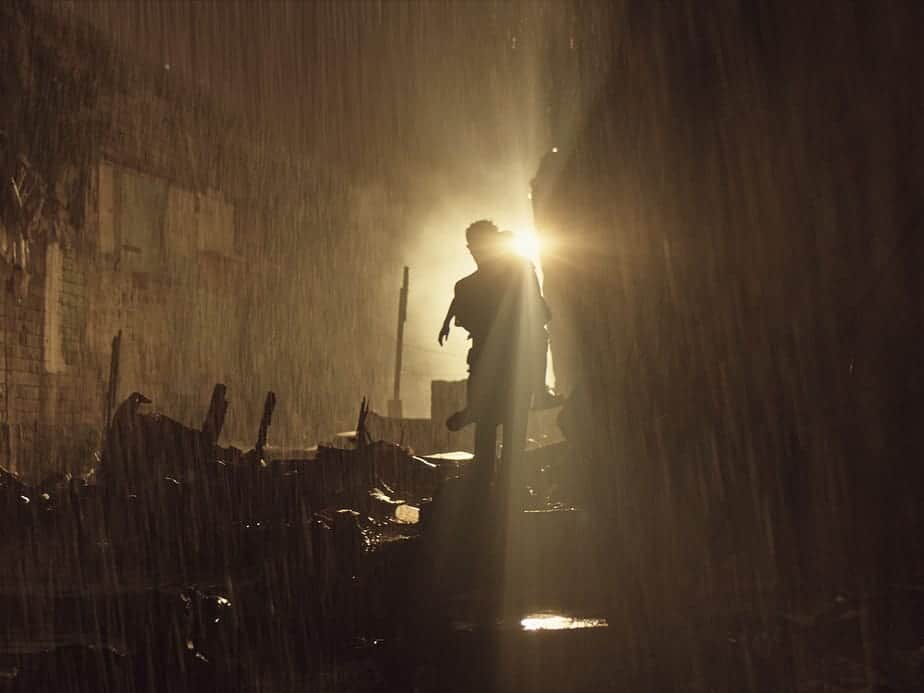
One of the most noteworthy features of Batacan's novel is how the identity of the killer is revealed to the reader quite early on. While the investigation is still ongoing, the narrative shifts thematically, becoming what the author herself has coined a “whydunnit”. Even though Martin's film does not follow in the source material's footsteps, the awareness and closeness of the murderer are very disconcerting to the viewer. Through the use of voice-over, the killer becomes an omnipresent observer of the everyday routine of characters such as the two priests explaining his frustration, anger and fear with the world around him. In many ways, the technique may remind one of the killers in films such as David Fincher's “Seven”, a figure with a disturbingly dark view on the world and people around him. Obviously, this is an uncomfortable vision, but one which asks the question how one could come to a perspective like this. (Rouven Linnarz)
16. Neomanila (2017) by Mikhail Red

Mikhail Red paints Manila with the darkest colors, as a city where crime, gangs, addicts, mercenaries and corruption is everywhere to be found, with death waiting in every corner, since the only thing one has to do in order for his crime to be left unpunished is to leave a sign on his victim naming him/her as a drug trafficker. In this hellish setting, it is of no surprise that a teenager joins the killers for hire, particularly since Irma provides the triptych of a mother, a home, and even a lover, at least in the mind of a teenager. Through his story and the general setting, Red makes a rather pointy comment on the dog-eat-dog situation Duterte has created, with the footage in the film's finale stressing this tactic even more.
17. BuyBust (2018) by Erik Matti

The film starts a bit slowly, building the tension and introducing the characters, but as soon as the story moves to the slums, the action picks up and never actually stops, taking over the whole narrative. Hand-to-hand combat, guns, knives and any kind of weapon one could imagine are used in an unending series of brutal battles, against both experts and simple people (including housewives). The death toll presented on screen is unprecedented, as cops, criminals and slum residents fall like flies with no-mercy whatsoever. Erik Matti also included a message about the War on Drugs raging in Manila and the corruption of the police but his comment is somewhat buried inside all the mayhem, although the last song heard in the movie definitely gets the message through.
Buy This Title
on Amazon by clicking on the image below
18. Balangiga: Howling Wilderness (2018) by Khavn

Khavn directs a movie that functions as a road trip of episodic nature, with the episodes having the form of both sequences and of abrupt appearances of strange individuals and behaviors, such as a constantly cursing monk, a radio playing an American song cursing Filipinos or a pig dying on a stick. These sequences and images are often grotesque, crude, and violent, but Khavn manages to communicate the atrocities the American performed in the area through them, in a style somewhere between the abstract and the surrealistic.
19. Nervous Translation (2018) by Shireen Seno
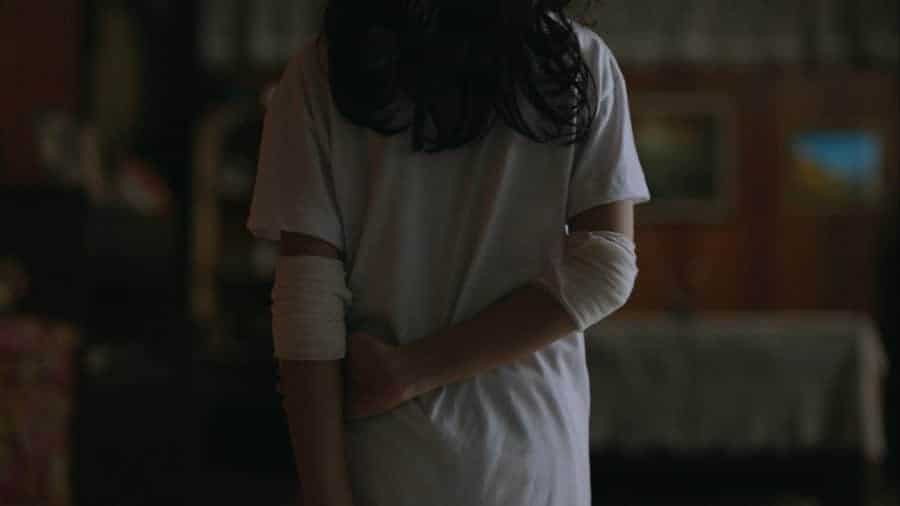
Shireen Seno presents the world through the eyes of a child with sensitivity but precision, which is portrayed impressively by the many jump-cuts implemented by John Torres and Shireen Seno‘s great editing and the cinematography of Albert Banzon, Jippy Pascua and Dennese Victoria, which manages to implement this combination wonderful
20. Pan de Salawal (2018) by Che Espiritu

This unique use and presentation of magic allows the movie to skillfully establish that even if it focuses on a subject that is inherently dramatic – sickness or physical malaise – it will not make the affliction with a disease its main driver and trigger for emotions. The same can be said of the act of miraculous healing – while it does evoke surprise, shock and glee, the movie's treatment of a topic which has its own special place in Filipino religiosity and culture is more humorous and tender, negating the tendency to be maudlin.
21. Bamboo Dogs (2018) by Khavn

Khavn uses his own unique approach to present a very serious topic, once more pulling no punches in both his comments about the case and his presentation. Furthermore, the focus is not actually on the case, but on the ties of the police with organized crime, and in general the corruption of the Force at the time. At the same time, the fact that not all police officers were the same is highlighted quite eloquently, although this is a comment on the level of corruption and cruelty and not on its existence. (Panos Kotzathanasis)
22. Alpha: The Right to Kill (2018) by Brillante Mendoza

Brillante Mendoza directs a film that unfolds much like a documentary, with hand-held cameras, drones, lengthy tracking shots that occasionally make the film look like it was completely shot in one take, “muddy” colors, and a permeating emphasis on realism. In reality though, Mendoza uses these techniques in order to present an “intellectual” action film, which functions much as Erik Matti's “BuyBust”, with the emphasis though, being on the social commentary rather than the violence and the action, although these two are anything but scarce here. The action part finds its apogee in the raid, which is rather impressively shot, utilizing all the aforementioned techniques, while providing the apogee of both Joshua A. Reyles's cinematography and Diego Marx's editing. Furthermore, the buzzing sounds (music one could say) by Diwa de Leon are implemented exceptionally here, adding a sense of danger that intensifies the effect of agony to the highest point.
23. Waiting for Sunset (2018) by Carlo Enciso Catu

The film's pace adapts itself to the lifestyle of the elderly couple: slow and calm. A tranquillity that is filled with mundane activities that connote more than what it's said. Intriguing and well-thought, the narrative of “Waiting for Sunset” intertwines with the lives of Teresa, Celso and Bene. Issues of the past and their separation keep us wondering throughout the entire film, as the charm of the movie lies in the story. A story that addresses various sensitive topics, such as forgiveness, companionship, loneliness and death, by showing banal activities of the elderly couple.
24. Season of the Devil (2018) by Lav Diaz

Nevertheless, “Season of the Devil” is not only supposed to show a time and age long gone, but rather its repercussions for our times. Considering the situation of his home country nowadays, Diaz attempts to pose the question whether people have been able to learn the lessons time and history have to offer. “It's cinema's task to examine the past” is a statement “Season of the Devil”, as well as his other films, want to explore. By repeatedly showing the past, the obligatory long, almost static takes and the use of music the time of the film becomes the time of the viewer, Diaz says. In the end, maybe those lessons of the past will not be forgotten, or may be refreshed. Regarding the current regime of President Rodrigo Duterte, there are certainly many reasons why one should not neglect what the country's past has to offer, and how relevant it is to understand the present. (Rouven Linnarz)
25. We Will Not Die Tonight (2018) by Richard Somes

Despite shooting the film in just eight days, Richard Somes has managed to produce a great movie, which thrives on atmosphere, gore and action, through an approach that combines the agonizing thriller with martial arts action. The narrative begins in a dramatic tone, but as soon as the action begins, it never actually ceases, with the bloody fights following one another, to the point that the film becomes a slasher, after a point, as the characters use machetes, hammers, axes and almost every object that could be considered a weapon. In that fashion, Jake and Jhappy Bahian have done a great job in the action choreography, which also includes a number of “catfights”, with finesse giving its place to brawler tactics, in an approach that highlights the “kill or die” base of the film. This approach also induces the movie with a relative realism, since even the “good guys” get their share of beating and even die in more than a few occasions.
Buy This Title
26. Citizen Jake (2018) by Mike De Leon
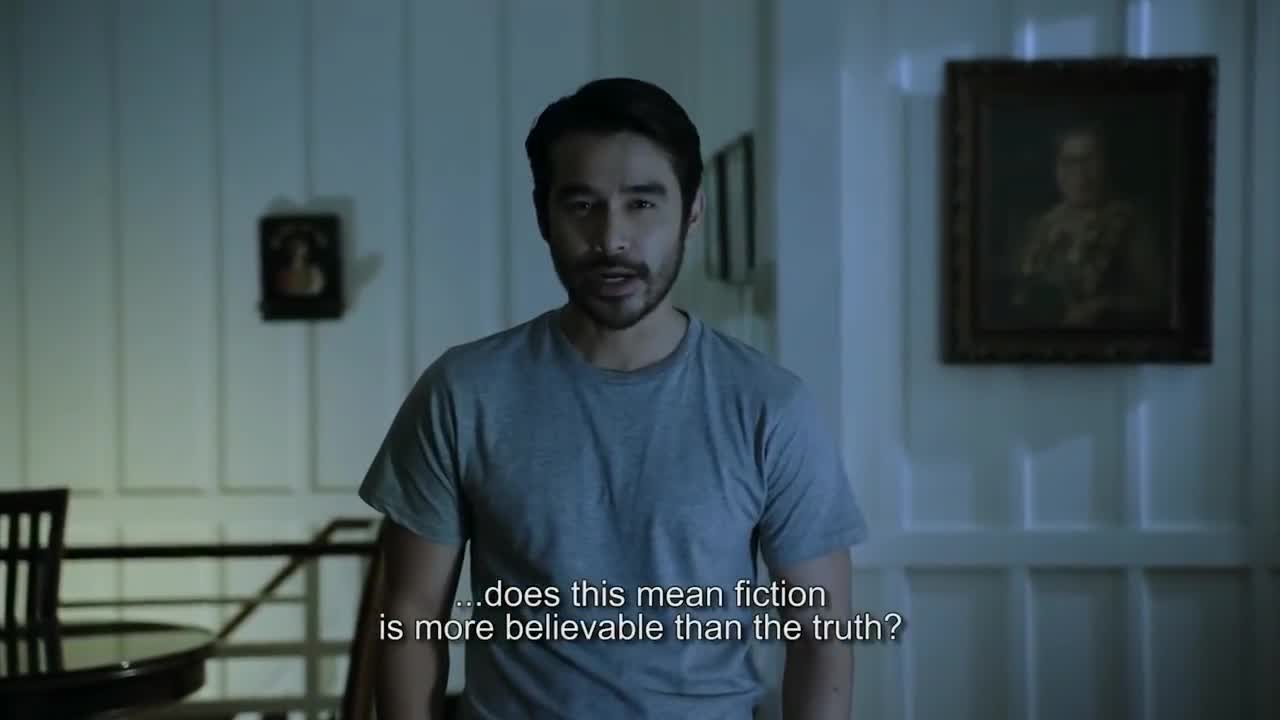
“Citizen Jake” is a weird movie, since Mike De Leon has come up with a genre mashup that occasionally moves towards avant-garde, theatrical and meta paths, while the frequent narration by Jake also gives a documentary-like hypostasis to the film, particularly in the segment when he focuses on the change Baguio underwent during the last decades. In that fashion, the narrative includes elements of mystery and crime, romance, family (melo)drama, comedy, thriller, while the sociopolitical critique seems to encompass every other aspect.
27. Verdict (2019) by Raymund Ribay Gutierrez

No doubt that domestic violence is still a big thing even in the most developed parts of the world and that countries with stronger patriarchal culture face even more problems in that regard. It is usually not the matter of positive legislative that condemns any form of discrimination and abuse of (physical and let us say economic and political) power, but the one of patterns deeply rooted in culture. Most of the cases are not being reported for various reasons and even those that are processed by the police and the court are being treated as some kind of minor offenses. (Marko Stojiljkovic)
28. Edward (2019) by Thop Nazareno

Thop Nazareno directs a story that could easily become an intense melodrama, in a way that keeps it light, funny and entertaining, without, though, stripping it of any kind of realism, of depth or of the importance of the comments it makes, in probably the biggest trait of the film. This accomplishment is achieved by having a teenager as the protagonist, with Louise Abuel presenting Edward in a naturalistic as much as nuanced fashion, with his crooked smile becoming a trademark of his performance, and, most of all, by the romance, which soon begins to dominate the narrative. aspect also benefits the most by Ella Cruz‘s performance as Agnes and from the chemistry of the two actors, which can only be described as excellent. (Panos Kotzathanasis)
29. John Denver Trending (2019) by Arden Rod Condez

The chief highlight of Condez's script is how very real-world every situation, scenario and incidence that plays out feels. In this digital age ruled by social media, even the tiniest of actions, words or mistakes has the ability to come back and haunt you in ways you can never image, and the film manages to portray that accurately. The film places the setting of the story in the director's own rural province of Antique, Philippines, but this is clearly a universal story and one that should resonate with every student, parent and teacher worldwide. The toxicity of altered, one-sided or downright fake news is aptly shown. The film also stresses on the importance of an open dialogue, not just between a parent and a child, but also between a student and teacher as well as one between a parent and an educational institution. Educational institutions do have steps to curb bullying and such incidences, but more often than not, there are frustratingly inadequate or inept, as John Denver ultimately finds out. (Rhythm Zaveri)
30. Kalel, 15 (2019) by Jun Robles Lana

Jun Robles Lana has shot the film based on his own script, and it's an accomplished piece of writing with very little to complain about, except that the bridge between the dysfunctional family members is built only half-way. Strangely enough, film's narrative doesn't get damaged and the holes are being patched by the interesting framing and excellent ensemble cast, particularly concerning the choice of Elijah Canlas for the titular role. (Marina D. Richter)









